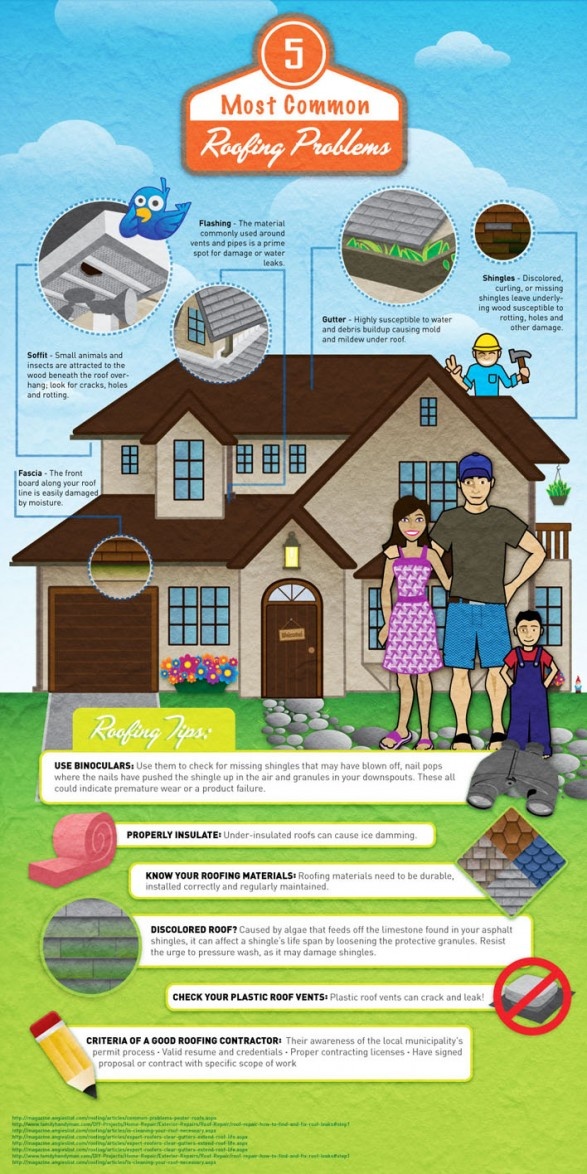When it comes to roof installments, the weather condition can make or damage the job. Picture the frustration of managing products that will not work together because of extreme warm or battling slippery surface areas triggered by unexpected rainfall. Understanding the influence of weather on your roof covering task is crucial for an effective end result. So, allow's check out just how different climate aspects can influence the top quality and durability of your roof covering setup, guaranteeing a task well done.
Impact of Temperature on Roof Setup
When it involves roofing installation, temperature level plays an important function at the same time. The suitable temperature for roofing jobs typically drops between 45 and 85 degrees Fahrenheit. Extreme heat can cause materials like tiles to end up being too flexible, leading to prospective damages throughout installment. On the other hand, cool temperatures can make materials fragile and vulnerable to fracturing. It's important to set up roof setups during moderate temperatures to make certain the very best result.
During colder weather condition, specialists may require to take added safety measures such as making use of warmed tools or enabling materials to heat up before installment.
In contrast, heat might require work to be done previously or later on in the day to avoid the peak temperature levels. By thinking about the temperature level and its results on roof covering products, you can assist make sure an effective setup that will hold up against the aspects for many years to find.
Result of Precipitation on Roof Covering Projects
Roof tasks can be considerably influenced by precipitation, influencing both the timeline and the top quality of the installation. Rainfall or snow can produce unsafe problems, making it risky for roofing contractors to work with a wet surface area. In addition, moisture can endanger the adhesion of products like tiles or underlayment, leading to possible leakages or problems in the future.
If it rains during a roof job, the water can leak right into prone areas, causing delays as the installment crew must await the roof covering to dry before continuing. Extreme moisture can also advertise the development of mold and mold, more threatening the stability of the roofing system.
To avoid these concerns, it's recommended to set up roofing jobs throughout drier seasons or monitor the weather report closely to prepare about any type of possible rainstorms. By taking safety measures to work in positive climate condition, you can ensure a smoother and a lot more effective roof covering installation process.
Impact of Wind Speed on Setup Success
During roofing installation, the rate of the wind plays a crucial function in establishing the success of the job. High wind speeds can pose substantial difficulties to contractors, potentially causing security dangers and high quality concerns. When wind rates go beyond suggested restrictions, it becomes hard to take care of products, increasing the danger of mishaps and damage to the roofing materials. Strong gusts can also influence the precision of measurements and the precision needed for correct installment.
To make sure a successful roofing installment, it's vital to keep an eye on and think about wind speeds. Ideally, roof installment should take place on days with reduced to modest wind speeds. This not only enhances the safety and security of the employees however also improves the overall high quality of the installment.
gutter company san antonio tx scheduled throughout calm weather are more likely to be completed efficiently and with less mistakes. By focusing on wind rate projections and planning accordingly, you can assist guarantee a smooth and successful roof installment procedure.
https://www.prunderground.com/reliable-roofing-contractors-hdm-builders-offering-roofing-services-in-the-greater-detroit-michigan-area/00213561/ , when it involves roof setup, keep in mind to consider the weather conditions to guarantee a successful task. Ideal temperature levels, completely dry conditions, and moderate wind rates are crucial factors to prioritize for a smooth setup process. By arranging your project during the best periods and perfect weather conditions, you can accomplish a long lasting and resilient roofing system that will safeguard your home for several years ahead.
